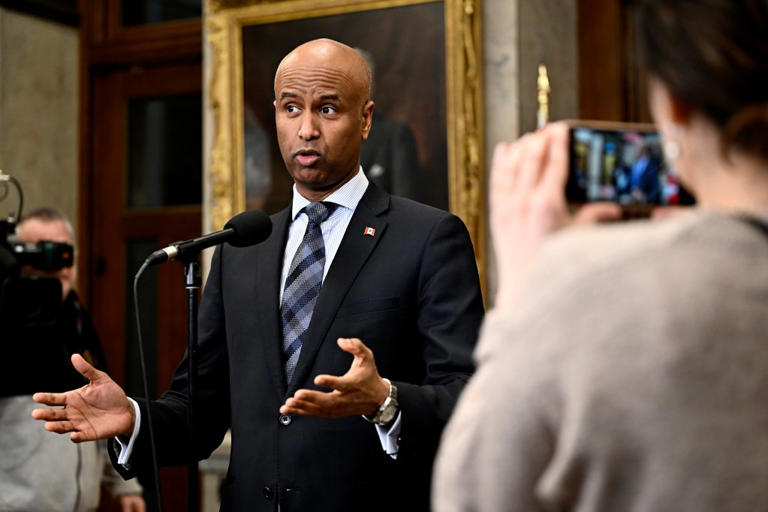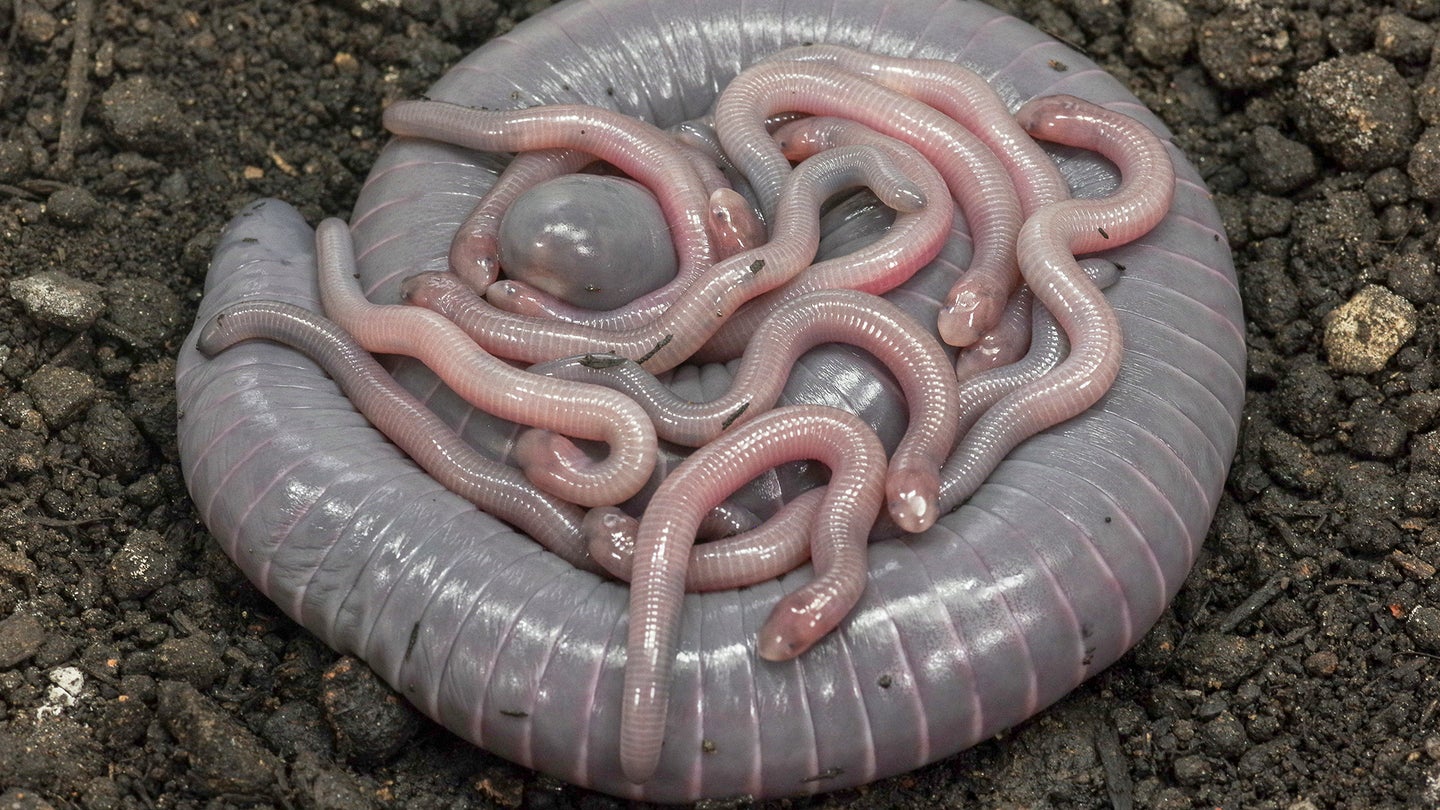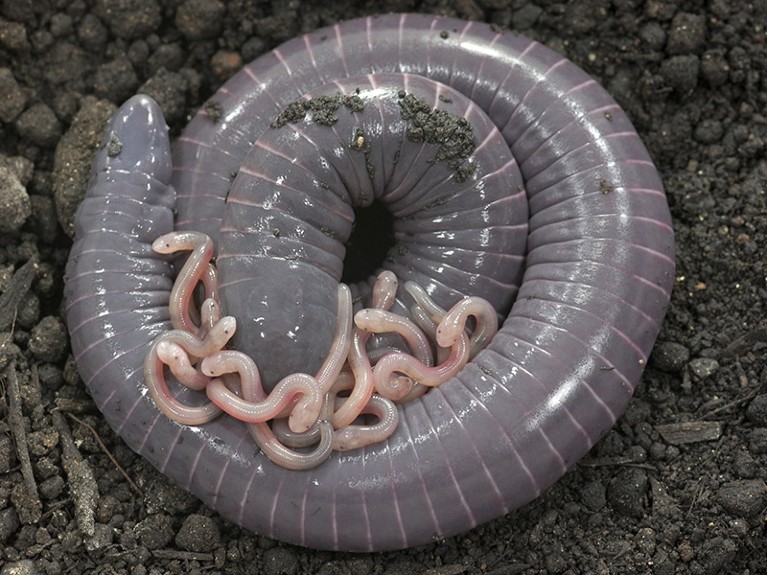Opinion by Jack M. Mintz •
In the past few weeks, I have attended four meetings in which Canadian business leaders pointed to the lack of capital to fund projects in Canada. These entrepreneurs were not the ones you would expect, like oil and gas producers. Instead, they were from companies in tech, renewable energy and critical mining — who you would think would have no trouble attracting funds, given the heaps of government handouts these days. But even these companies are looking to invest outside Canada, especially in the United States, with its booming US$25-trillion economy.
I heard many reasons as to why Canada is out of favour these days. Miners referred to labour shortages, regulations and unsettled treaty issues with First Nations that make it hard to build anything. Startups say innovation hubs lack connections with venture capitalists. Several complained that big Canadian banks lack enthusiasm for investment in our slowing economy. Investors are also concerned about deficit spending, uncompetitive tax policies and scant political interest in private-sector investment.
No one knows exactly why investors are so turned off Canada but, with real per capita GDP essentially flat for eight years, our economy seems to be as stuck “as a painted ship upon a painted ocean” (to borrow Coleridge’s phrase from the Ancient Mariner). This week, however, an old guard of Canada’s business community says it knows what’s wrong: too much pension money is invested internationally. In a full-page newspaper ad, they pressed governments “to amend the rules governing pension funds to encourage them to invest in Canada.” They should do so because pension funds would not exist “without government sponsorship and considerable tax assistance.”
This policy prescription is as smart as a bag of hammers. Canada will not improve its business environment by going back to an old form of capital controls. After years of debate, in 2005 we finally abolished foreign property rules restricting pension and RRSP funds to holding no more than 30 per cent of their assets in shares and bonds issued by non-resident entities. We abolished it for a simple reason: to enable employees to get better returns on their retirement assets by diversifying internationally.
That’s exactly what happened after the rule was removed. According to OECD statistics , Canadian pension funds increased the foreign share of their assets from 26 per cent in 2005 to 35 per cent in 2020. (That last figure jumped to 47 per cent in 2021, not because of a major shift in pension plan behaviour but due to a break in the series due to a redesign of the quarterly survey — a crucial point missed by the National Bank of Canada in a memo suggesting pension funds are abandoning Canada.)
Our pension funds’ 48 per cent foreign share in 2022 makes them more internationally diversified than some countries’ funds, less diversified than others’. Funds in the Netherlands hold fully 85 per cent of their assets outside that country. In Italy the foreign share is 68 per cent. In New Zealand it’s 58 per cent; in Switzerland, 38 per cent. Unfortunately, the OECD does not provide numbers for the U.S. and Australia.
Canadian markets account for only about three per cent of the global equity market. So you might argue our pension funds should be a lot more diversified than they are today. Many investors have a “home bias” that favours putting their money in domestic companies they know better (or think they know better). But Canadian fund managers are accustomed to operating globally, so, if anything, our funds probably aren’t diversified enough.
Over the last few decades, we have gradually abandoned regulation of pension plan performance. That hasn’t prevented the World Bank from congratulating us for pension funds that are the envy of the world. In 2017 it wrote: “Over the past three decades, a ‘Canadian model’ of public pension has emerged that combines independent governance, professional in-house investment management, scale, and extensive geographic and asset-class diversification.”
Tax assistance to pension (and RRSP) funds should not be held over pension managers’ heads to force them away from international diversification. In fact, it can be argued there is no “tax assistance” at all. Pension contributions are indeed deductible from taxable income. But that’s not tax favouritism. It merely prevents the double taxation of savings since pension benefits withdrawn from the plan, including accumulated returns, are fully taxed (as they should be). Taxing both returns within the pension plan and withdrawals would tax savers more heavily than non-savers, which would be neither fair nor good policy.
Restricting their pension funds’ international diversification would cost Canadian savers the opportunity to earn the higher returns available from investing in companies like Nvidia and Microsoft. And if pension funds are forced to hold mainly domestic assets, Canadian businesses will have less incentive to improve their productivity.
Vacant home taxes may be worsening housing crisis
The solution to Canada’s investment malaise is to adopt policies that improve, not worsen, the return to investment in this country. We should not try to offset the effects of unwise federal regulatory and tax policies by saddling hard-working Canadians with inferior pensions later in life.
Financial Post
















